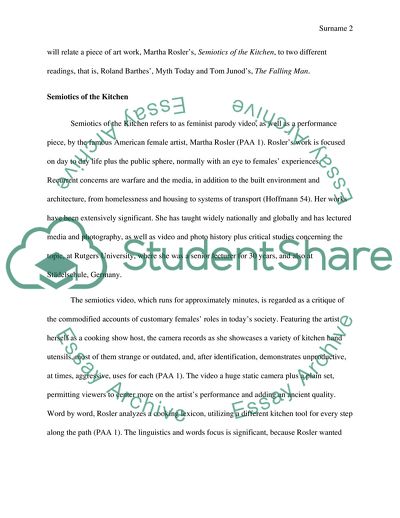Cite this document
(Thought Paper Literature review Example | Topics and Well Written Essays - 1500 words, n.d.)
Thought Paper Literature review Example | Topics and Well Written Essays - 1500 words. https://studentshare.org/philosophy/1864771-thought-paper
Thought Paper Literature review Example | Topics and Well Written Essays - 1500 words. https://studentshare.org/philosophy/1864771-thought-paper
(Thought Paper Literature Review Example | Topics and Well Written Essays - 1500 Words)
Thought Paper Literature Review Example | Topics and Well Written Essays - 1500 Words. https://studentshare.org/philosophy/1864771-thought-paper.
Thought Paper Literature Review Example | Topics and Well Written Essays - 1500 Words. https://studentshare.org/philosophy/1864771-thought-paper.
“Thought Paper Literature Review Example | Topics and Well Written Essays - 1500 Words”. https://studentshare.org/philosophy/1864771-thought-paper.


